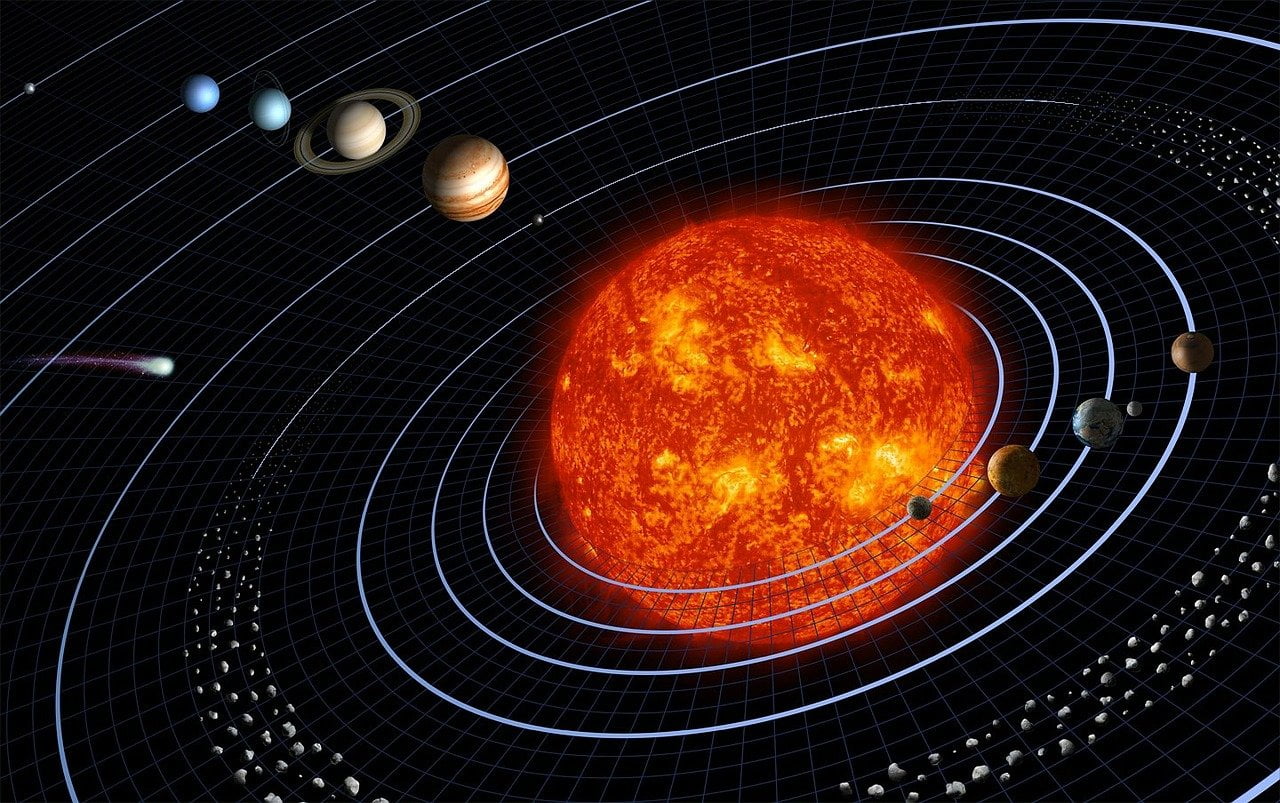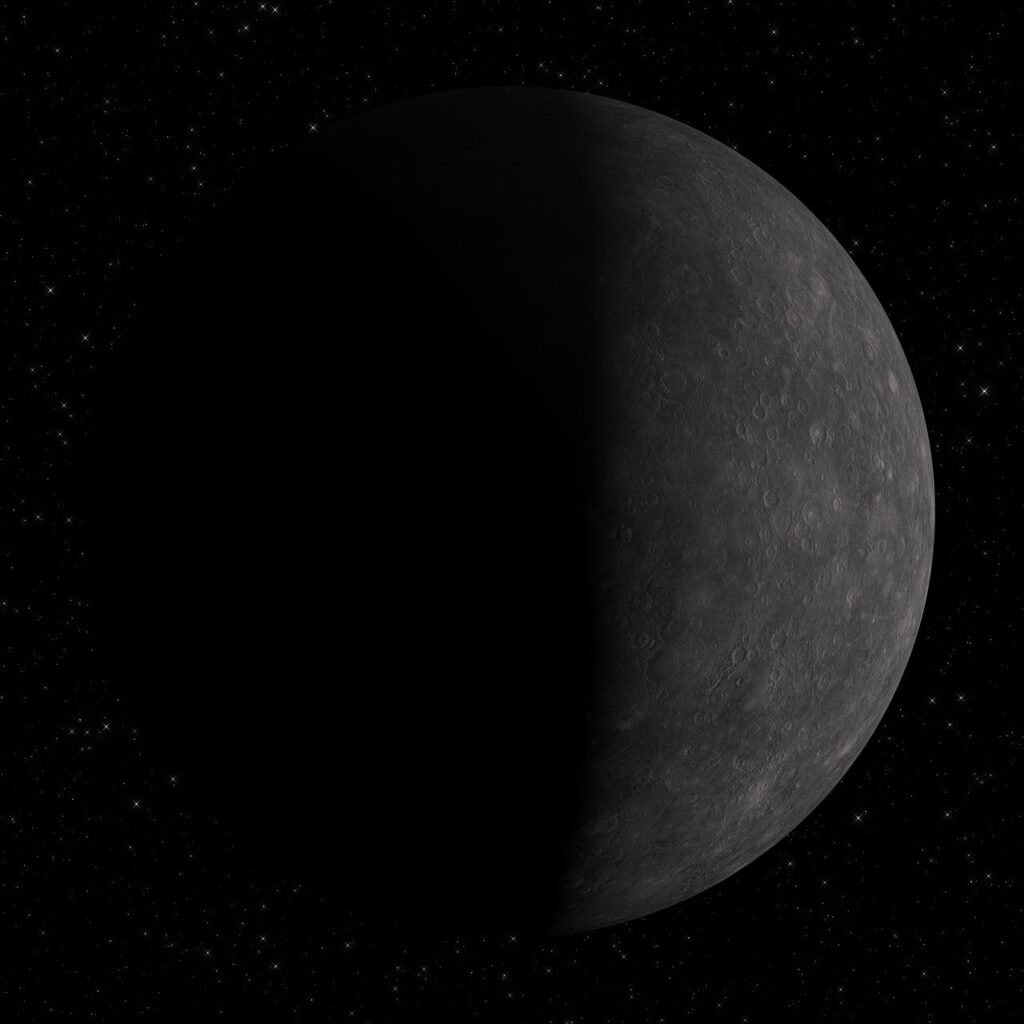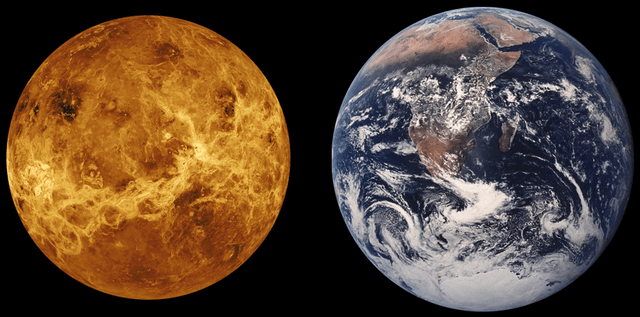
Our solar system is a vast and awe-inspiring realm, teeming with celestial wonders. From the scorching heat of Mercury to the icy expanse of Neptune, each planet and celestial body holds its own unique story, painting a vivid portrait of our cosmic neighborhood.
The Sun: Our Cosmic Heart
At the center of our solar system lies the Sun, a magnificent star that provides life-giving energy to all the planets. It is a giant ball of swirling plasma, fusing hydrogen atoms into helium, releasing immense amounts of heat and light.
The Sun’s gravitational pull binds the planets in their orbits, dictating their celestial dance. Its intense radiation sculpts the atmospheres of the planets, shaping their weather patterns and influencing their geological evolution.
The Inner Planets: Rocky Neighbors

Closest to the Sun, we find the inner planets, a quartet of rocky worlds that share a common origin.
Mercury is the smallest planet, a barren, cratered world, bathed in the Sun’s scorching heat.
Detailed information about planet Mercury here.

Venus, our closest planetary neighbor, is a hellish inferno of volcanic activity and thick, poisonous atmosphere.
Detailed information about planet Venus here.

Earth, our home planet, is a unique oasis of life amidst the cosmic void. Its delicate balance of conditions – water, atmosphere, and a moderating distance from the Sun – has allowed life to flourish, giving rise to an extraordinary diversity of organisms.

Mars, the red planet, is a distant cousin of Earth, once harboring liquid water in its past. Its surface is scarred by ancient riverbeds and canyons, hinting at a history of a watery past.
Detailed information about planet Mars here.

The Outer Planets: Gaseous Giants
Beyond the inner planets, we enter the realm of the outer planets, a collection of giant gas giants that dwarf their terrestrial counterparts in size and mass.
Jupiter, the largest planet, is a swirling vortex of gas and plasma, with a Great Red Spot, a colossal storm larger than Earth, raging at its surface.
Detailed information about planet Jupiter here.

Saturn, adorned with its intricate ring system, is a world of swirling winds and icy moons.
Detailed information about planet Saturn here.

Uranus, tilted on its side, is a planet of extremes, with temperatures ranging from 80 degrees Celsius below zero to 89 degrees Celsius above zero.

Neptune, the farthest planet from the Sun, is a blue giant, its atmosphere swirling with methane, giving it its characteristic azure hue.

Moons and Beyond: A Celestial Tapestry
Our solar system is not limited to planets; it is a vast tapestry of moons, asteroids, comets, and dwarf planets. Moons, captured by the gravitational pull of planets, orbit alongside them, serving as companions in their cosmic dance.
Thousands of asteroids, remnants from the formation of our solar system, reside in the asteroid belt between Mars and Jupiter. Comets, icy bodies that originate from the distant reaches of the solar system, periodically venture into the inner planets, leaving trails of dust and gas that can create spectacular meteor showers.
Dwarf planets, like Pluto, Ceres, and Eris, are celestial bodies that share many characteristics with planets but do not meet the strict criteria of being large enough and massive enough to have cleared their orbits.

Mysteries and Curiosities: Unveiling the Unknown
Despite our advancements in astronomy, our solar system remains a realm of mysteries and unsolved puzzles. We are still learning the intricacies of planet formation, the origins of life, and the nature of dark matter and dark energy that make up the vast majority of the universe.
Every new discovery, every probe that ventures further into the cosmos, brings us closer to unraveling the secrets of our solar system. As we continue to explore, we open up new frontiers of knowledge, expanding our understanding of our place in the universe.
You may also like:
Mercury: The Closest Planet to the Sun
Venus: The Earth’s Twin or a Very Different Planet?
Mars: Comprehensive Exploration, unveiling the Mysteries
Jupiter: A Cosmic Giant – Symphony of Storms
Saturn: A Gaseous Giant with Enthralling Rings and Diverse Moons
Bibliography
Title: The Sun: Our Cosmic Heart
Author: National Aeronautics and Space Administration (NASA)
Published: 2022
Website: https://science.nasa.gov/sun/
Title: The Inner Planets: Rocky Neighbors
Author: National Aeronautics and Space Administration (NASA)
Published: 2022
Website: https://science.nasa.gov/solar-system/planets/
Title: The Outer Planets: Gaseous Giants
Author: National Aeronautics and Space Administration (NASA)
Published: 2022
Website: https://science.nasa.gov/planetary-science/focus-areas/outer-solar-system/
Title: Moons and Beyond: A Celestial Tapestry
Author: National Aeronautics and Space Administration (NASA)
Published: 2022
Website: https://science.nasa.gov/moon/


